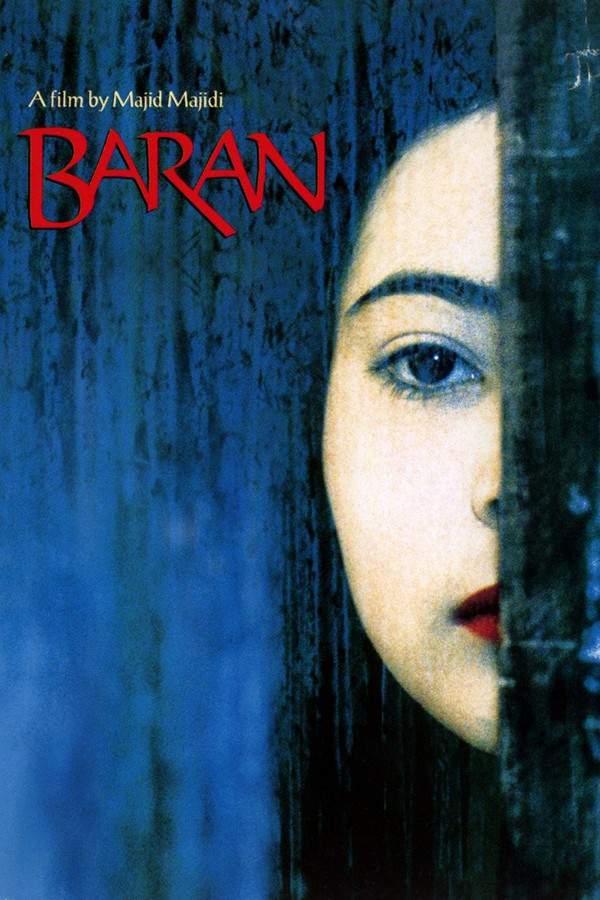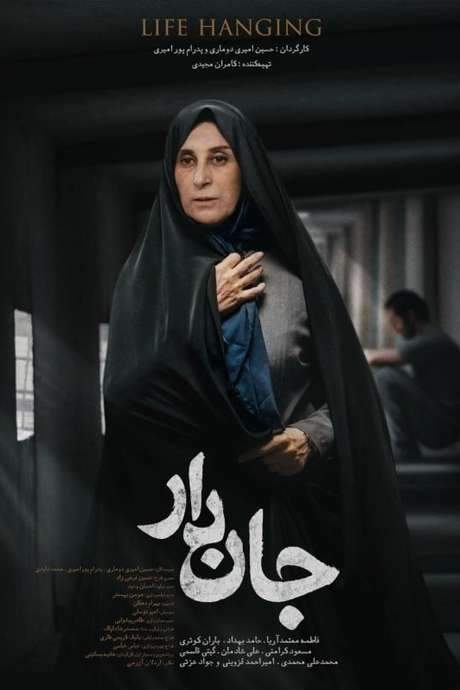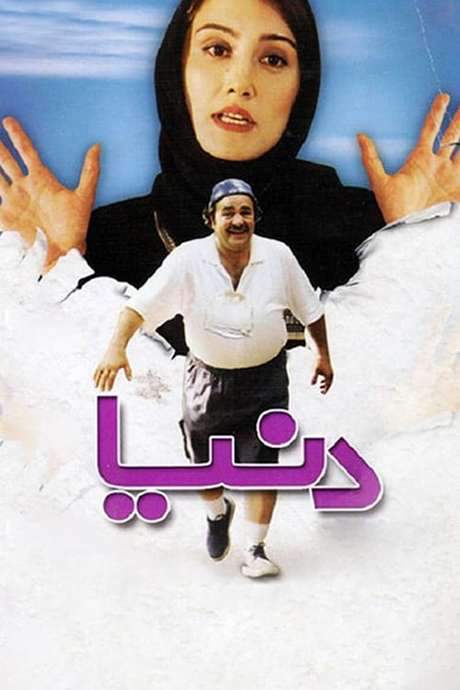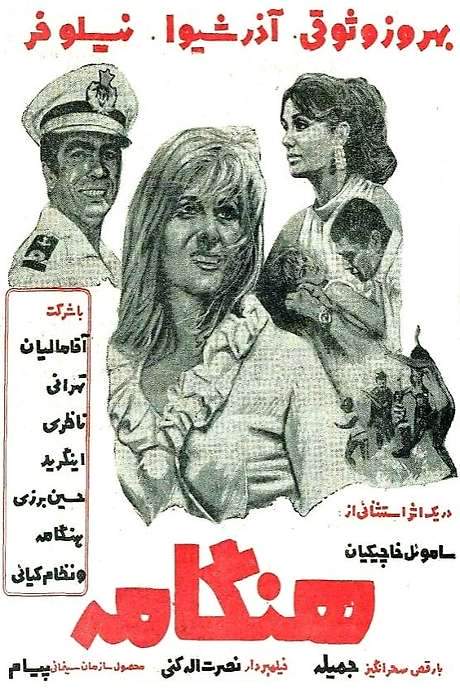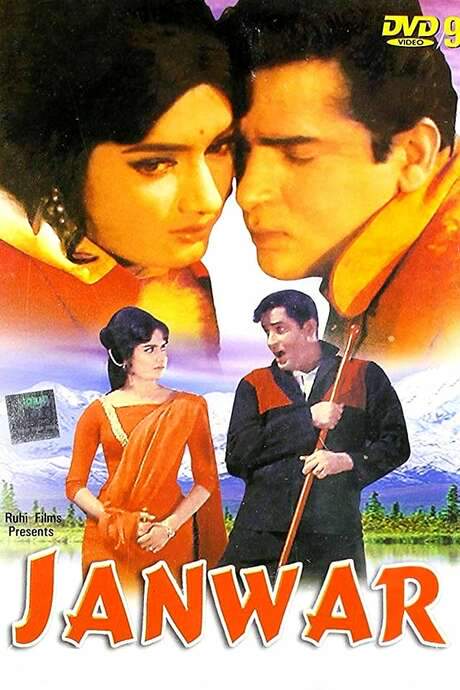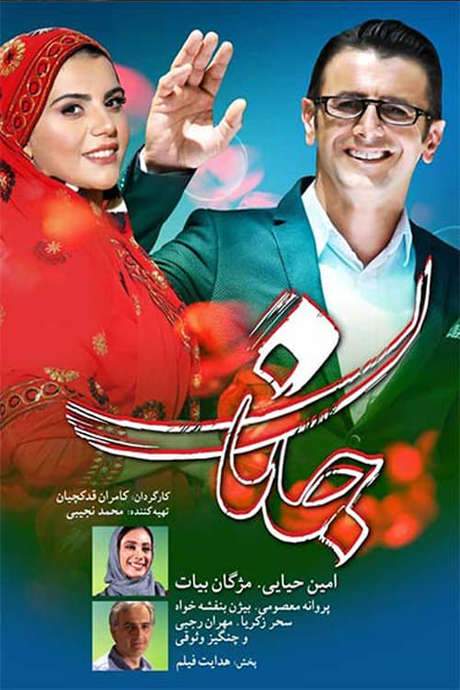
Janaan
Year: 2019
Runtime: 93 mins
Language: Persian
Director: Kamran Ghadakchian
Directed by Kamran Qadakchian, this film was written by Farhad Tohidi and produced by Mohammad Najibi. It was released in Iranian cinemas in 2009 and has been viewed by audiences seeking a glimpse into contemporary Iranian life. The production year was 1397 in the Iranian calendar.
Warning: spoilers below!
Haven’t seen Janaan yet? This summary contains major spoilers. Bookmark the page, watch the movie, and come back for the full breakdown. If you're ready, scroll on and relive the story!
Janaan (2019) – Full Plot Summary & Ending Explained
Read the complete plot breakdown of Janaan (2019), including all key story events, major twists, and the ending explained in detail. Discover what really happened—and what it all means.
Meena, a Pashtun student living in Vancouver, travels back to Swat, Pakistan, for her cousin Palwasha’s wedding, a trip that stirs a mix of curiosity, nerves, and family expectations. Her Canadian friends worry that the trip could turn into an arranged match for her as well, and what unfolds is a layered look at love, loyalty, and the pressure of tradition set against the backdrop of a close-knit wedding celebration.
From the moment she arrives, the wedding atmosphere hums with color and noise. Palwasha explains her engagement to her Punjabi fiancé, Samir, and the two families mingle under the glow of the festivities. Yet beneath the surface, a tangle of personalities and protective instincts begins to form. Daniyal, Palwasha’s cousin, tries to impress Meena with reckless bravado—stunts that include swallowing a lit cigarette and other risky antics—only to earn Meena’s disapproval and a quiet disappointment that she doesn’t quite hide. The tension widens as the groom’s family arrives, bringing their own dynamics and expectations into the home where the celebration is meant to feel warm and inclusive.
A stumble changes everything: Meena breaks a tooth and, while the dentist fixes the problem, painkillers cloud her judgment and she becomes lightly intoxicated. This moment unintentionally distorts perceptions, making Samir uneasy and misreading Daniyal’s behavior as a potential threat, when in truth Daniyal was simply trying to charm his cousin. The confusion becomes a catalyst that edges Meena closer to Asfandyar, a gentle schoolteacher who operates a funded school under the patronage of a wealthy benefactor, Ikramullah. It is in Asfandyar’s kindness and steadiness that Meena begins to see a different path, one that leans toward authentic connection rather than the quick, surface-level attractions that sometimes accompany wedding chaos.
The mood of the wedding night shifts decisively during the mehndi ceremony when a brutal revelation cracks the veneer of festivity. Chotu, the driver, reveals a dark history: Ikramullah has abused Chotu in childhood, and there are reports of similar abuse directed at younger students at the school. The revelation shatters the family’s sense of safety and trust. Anger erupts as Asfandyar confronts Ikramullah in front of the gathering, delivering a decisive punch and a firm stick of truth that Ikramullah’s predatory behavior cannot be ignored any longer. The moment leaves the family divided; some defend Asfandyar’s intense response, while others condemn it as a reckless reaction connected to his past as an adoptee and the upheaval it represents for their protected image.
Meena, hurt and frustrated, slaps Asfandyar in the heat of the moment, a gesture she immediately regrets as the weight of Ikramullah’s crimes becomes undeniable to everyone involved. The family’s disapproval then pushes Asfandyar to keep Ikramullah’s crimes quiet for the moment, a choice born from fear of further upheaval and the potential impact on the wedding and the reputation of those involved. In the background, the father of Asfandyar moves to pursue a legal path against Ikramullah, supported by the parents of the affected children, even as Ikramullah threatens violence if the charges are pressed.
Meanwhile, Daniyal and Samir work behind the scenes to help plan a proposal for Meena, a gesture she eventually rejects, signaling her desire for a relationship grounded in trust rather than spectacle. The couple’s efforts are interrupted later that night when Ikramullah’s men intercept the car Palwasha and Meena are in; a struggle ensues, leaving Asfandyar and Daniyal injured as they are drawn into the danger that Ikramullah and his enforcers bring with them.
The wedding day arrives with a heavy undercurrent of fear and resolve. Meena, offered a full-time teaching position in Canada, faces a practical turning point: keep the dream of returning home or stay to support the family and the school. After a private conversation with Daniyal, Asfandyar recognizes the depth of his own feelings for Meena and goes to her room, only to find she might be preparing for a life that does not include him if she accepts the job offer. The moment is charged with unspoken possibilities and the pain of possibilities not yet realized.
In the aftermath, Ikramullah’s men strike again, shooting Chotu and then burning the school in retaliation for Ikramullah’s arrest. The community reels, and a month passes in a slow, painful reconstruction. Meena returns to the classroom, guiding the children through the wrecked building as efforts to rebuild begin. She and Daniyal visit Chotu’s grave with Asfandyar, who still carries guilt for not protecting him sooner, while Meena’s willingness to stay shifts the narrative from escape to commitment. She ultimately tells Asfandyar that she intends to stay, not leave for Canada, and she voices a future that centers on healing, education, and resilience. In a quiet, hopeful moment, Meena proposes to Asfandyar, signaling a new chapter rooted in shared purpose and the courage to rebuild.
Together, the trio—Meena, Daniyal, and Asfandyar—navigate the fallout of trauma and the push-pull of obligation and desire. The film closes on a note of communal renewal: a school rising again from its ashes, a family steadying itself in the wake of accusations and fear, and two people choosing to stay and build something lasting. The story remains a measured, compassionate portrait of courage in the face of grave truth, illustrating how communities can endure, adapt, and grow when given space to heal.
Last Updated: October 01, 2025 at 13:04
Unlock the Full Story of Janaan
Don't stop at just watching — explore Janaan in full detail. From the complete plot summary and scene-by-scene timeline to character breakdowns, thematic analysis, and a deep dive into the ending — every page helps you truly understand what Janaan is all about. Plus, discover what's next after the movie.
Janaan Timeline
Track the full timeline of Janaan with every major event arranged chronologically. Perfect for decoding non-linear storytelling, flashbacks, or parallel narratives with a clear scene-by-scene breakdown.

Characters, Settings & Themes in Janaan
Discover the characters, locations, and core themes that shape Janaan. Get insights into symbolic elements, setting significance, and deeper narrative meaning — ideal for thematic analysis and movie breakdowns.

Similar Movies to Janaan
Discover movies like Janaan that share similar genres, themes, and storytelling elements. Whether you’re drawn to the atmosphere, character arcs, or plot structure, these curated recommendations will help you explore more films you’ll love.
Explore More About Movie Janaan
Janaan (2019) Scene-by-Scene Movie Timeline
Janaan (2019) Movie Characters, Themes & Settings
Janaan (2019) Spoiler-Free Summary & Key Flow
Movies Like Janaan – Similar Titles You’ll Enjoy
Baran (2001) Full Movie Breakdown
Jab Tak Hai Jaan (2012) Spoiler-Packed Plot Recap
Israfil (2017) Film Overview & Timeline
Tehran: City of Love (2018) Full Summary & Key Details
Jameh Daran (2015) Ending Explained & Film Insights
Jandar (2019) Full Summary & Key Details
Donya (2002) Movie Recap & Themes
Jana (2004) Full Summary & Key Details
Gilaneh (2005) Full Summary & Key Details
Jee Aayan Nu (2002) Full Movie Breakdown
Hengameh (1968) Full Summary & Key Details
Jalna (1935) Movie Recap & Themes
Leila (1997) Spoiler-Packed Plot Recap
Janwar (1965) Detailed Story Recap
A Mother’s Love (1998) Plot Summary & Ending Explained



